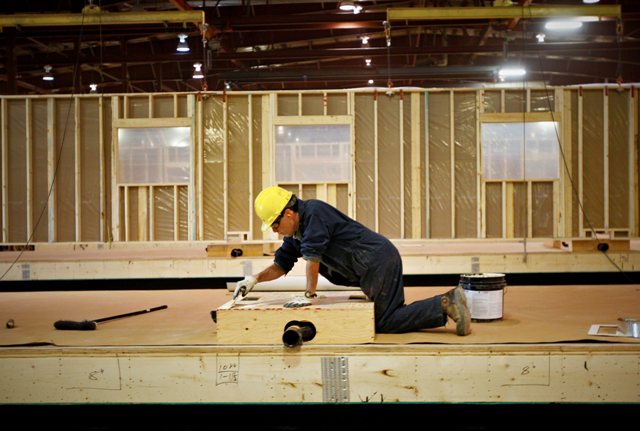With ever-advancing technologies and artificial intelligence creeping into the workforce, job security for current and future generations has never been more worrying. CKNW’s Future of Work series focuses on how British Columbia’s job market is going to evolve and how to help workers get the best possible employment opportunities in the future.

The CEO of the Industry Training Authority (ITA), says not to dismiss the trades industry as a potential career with so many future jobs that could appear in British Columbia in the coming years.
The B.C. Labour Market Outlook suggests that throughout the next 10 years the province could be looking at over 900,000 job openings. Two thirds from Baby Boomers exiting the workforce and the rest from growth in the economy.
Over 100,000 of those job openings will be saved specifically for the trades industry.
“It’s not difficult to find young people and people who want to upscale to get into trades,” Gary Herman, CEO of ITA, said.
Earlier today, Herman was on the Simi Sara show – talking about the future of the skilled trades industry, and suggested the big issue they face is the absence of employers that want to sponsor students.
“It’s a commitment to hire apprentices,” he said. “And interestingly across Canada, for every five employers who employ skilled trades people, only one of those five employs an apprentice. The rest poach other tradesmen from others.”
Herman said the person that goes into trades typically does it after they had finished school and dived into the workforce. But they eventually come back because that career did not working out for them the way they had hoped, he said.
“When I started my apprenticeship I was 17, and now the average age of apprenticeship is 27. So the younger you can make that decision the better,” he said.
WATCH: Trades boost for Okanagan College

Typically trades programs range from two to four years, with an extra four years of apprenticeship in the end. Debt can quickly add up, but Herman says the program pays for itself.
“Because 80 per cent of apprenticeship is on-the-job training with an employer, going through an apprenticeship helps you clear the debt,” he said.
As a last piece of advice, he recommends that students stay in the program for the long haul and not give up halfway there.
“I try to stress out to people that it’s going to take four years of university,” Herman said. “If you go two years and not complete it but still try to go into the workforce, you will be asked why you didn’t complete it at every job interview for the rest of your career.”
Listen to the full episode on the Simi Sara show below.
LISTEN: The perks of being a Trades worker








Comments